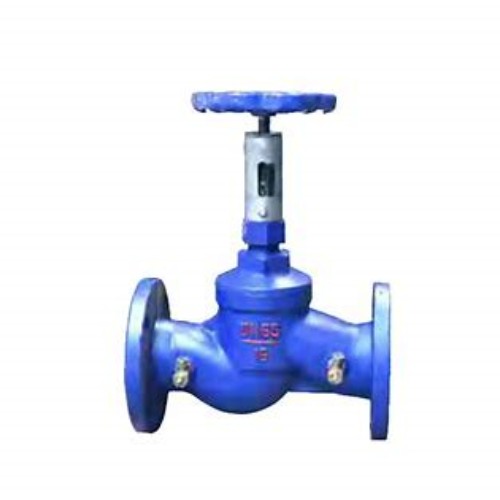float trap valve
Understanding Float Trap Valves Key Components in Fluid Management
Float trap valves are essential components in various fluid management systems, particularly in industries that deal with water, oil, and other liquids. These valves combine the principles of buoyancy and fluid dynamics to ensure efficient drainage while preventing unwanted backflow and maintaining system integrity. Understanding the role of float trap valves can significantly enhance the performance of fluid systems across multiple applications.
The primary function of a float trap valve is to separate condensate from steam or other gases. In industrial steam systems, for example, steam traps play a crucial role in maintaining efficiency by allowing condensate to escape while preventing steam loss. The float mechanism inside the valve rises and falls with the level of the liquid, ensuring that the valve opens or closes as needed. When the condensate level rises, the float lifts, opening the valve and allowing the condensate to drain away. Conversely, when the liquid level drops, the float falls, causing the valve to close and preventing gas from escaping.
float trap valve

One of the significant advantages of using a float trap valve is its ability to function automatically without the need for external power sources or complex controls. This passive operation not only reduces the risk of failure due to electrical or mechanical issues but also minimizes maintenance requirements. Moreover, float trap valves are designed to handle varying pressure and temperature conditions, making them suitable for a wide range of applications in industries such as energy, food processing, and chemical manufacturing.
Another critical aspect of float trap valves is their construction. Typically made from durable materials such as stainless steel or brass, these valves are engineered to withstand harsh environments and corrosive substances. Their design often includes features like built-in straining elements to prevent debris from affecting the operation and sealing mechanisms that enhance their performance over time. Proper installation and regular inspections are essential to ensure that float trap valves function optimally and provide reliable service throughout their lifespan.
In summary, float trap valves serve as vital components in fluid management systems, offering efficient and automatic drainage of condensate while preventing backflow. Their simple yet effective design, combined with robust construction, makes them indispensable in various industrial applications. By prioritizing the use of high-quality float trap valves, operators can significantly improve system efficiency, reduce maintenance costs, and enhance overall operational reliability. Understanding and implementing these components can lead to more efficient fluid management practices across multiple sectors.
-
The Key to Fluid Control: Exploring the Advantages of Ball Valves in Industrial SystemsNewsJul.09,2025
-
The Versatile World of 1, 2, and 3 Piece Ball ValvesNewsJul.09,2025
-
Stainless Steel Ball Valves: The Ideal Choice for Efficient Flow ControlNewsJul.09,2025
-
Optimizing Fluid Control with Ball Float ValvesNewsJul.09,2025
-
Manual Gate Valves: Essential for Control and EfficiencyNewsJul.09,2025
-
Everything You Need to Know About Butterfly ValvesNewsJul.09,2025
-
The Versatility of Wafer Type Butterfly ValvesNewsJul.08,2025




